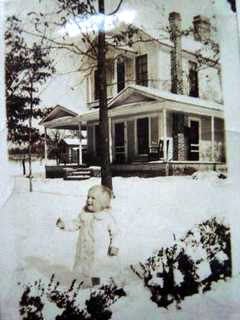ITG
Call Me a Cab
- Messages
- 2,483
- Location
- Dallas/Fort Worth (TEXAS)
We're going to be doing some landscaping in our front yard. This got me to thinking, were there some popular landscaping shrubs or other plants popular to use in 1940s or certain landscaping styles that were popular? I'm sure lots depend on what part of the country you live in as to what plants grow best there. But it's a question I thought might be interesting to pose. Or if you have vintagey homes, show pics of your landscaping.
















